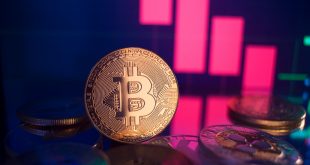Shell’s second-quarter net profit plunged by almost 32% on Thursday, impacted by a drop in oil prices, weaker gas trading results, and losses linked to an outage in its chemicals operations. However, despite these challenges, the oil major exceeded analysts’ expectations with a reported $4.26 billion in adjusted earnings, significantly outperforming the $3.74 billion forecast from an analyst poll.
Key Highlights:
- Profit Decline: Shell’s profit fell by 32% from the same period last year, but it managed to beat forecasts.
- Cost-Cutting Success: The company achieved $3.9 billion in cost reductions compared to 2022, part of its plan to save $5-7 billion by the end of 2028.
- Share Buybacks: Shell continued its commitment to returning cash to shareholders, announcing a $3.5 billion share buyback program, maintaining the pace for the 15th consecutive quarter.
- Revenue Sources: Despite the profit drop, Shell’s marketing unit—which includes retail fuel and charging stations—saw higher margins during the summer driving season, helping to partially offset other challenges.
Challenges and Setbacks:
- Oil Price Slump: Crude prices fell in the quarter, with Brent crude averaging $67 per barrel, down from $75 in Q1 and $85 a year ago. This slump in oil prices is linked to OPEC+ unwinding self-imposed production cuts.
- Chemicals Sector Losses: Shell’s chemicals business was hit by a U.S. Monaca polymer plant outage, coupled with weak demand and poor margins in the industry.
- LNG Market Concerns: After seeing lower demand for liquefied natural gas (LNG) in the first half of the year, Shell expects tighter LNG markets post-summer.
Shell’s stock rose by 1.7% as it navigated these challenges, outperforming the broader European energy index, which saw a modest 0.5% rise. While oil price volatility and trade tensions remain risks, Shell’s robust buybacks and dividend policies helped reassure investors about its long-term strategy.
Despite current challenges, Shell continues to focus on growth and operational efficiency, positioning itself to weather economic headwinds while delivering value to shareholders.
 Noor Trends News, Technical Analysis, Educational Tools and Recommendations
Noor Trends News, Technical Analysis, Educational Tools and Recommendations





